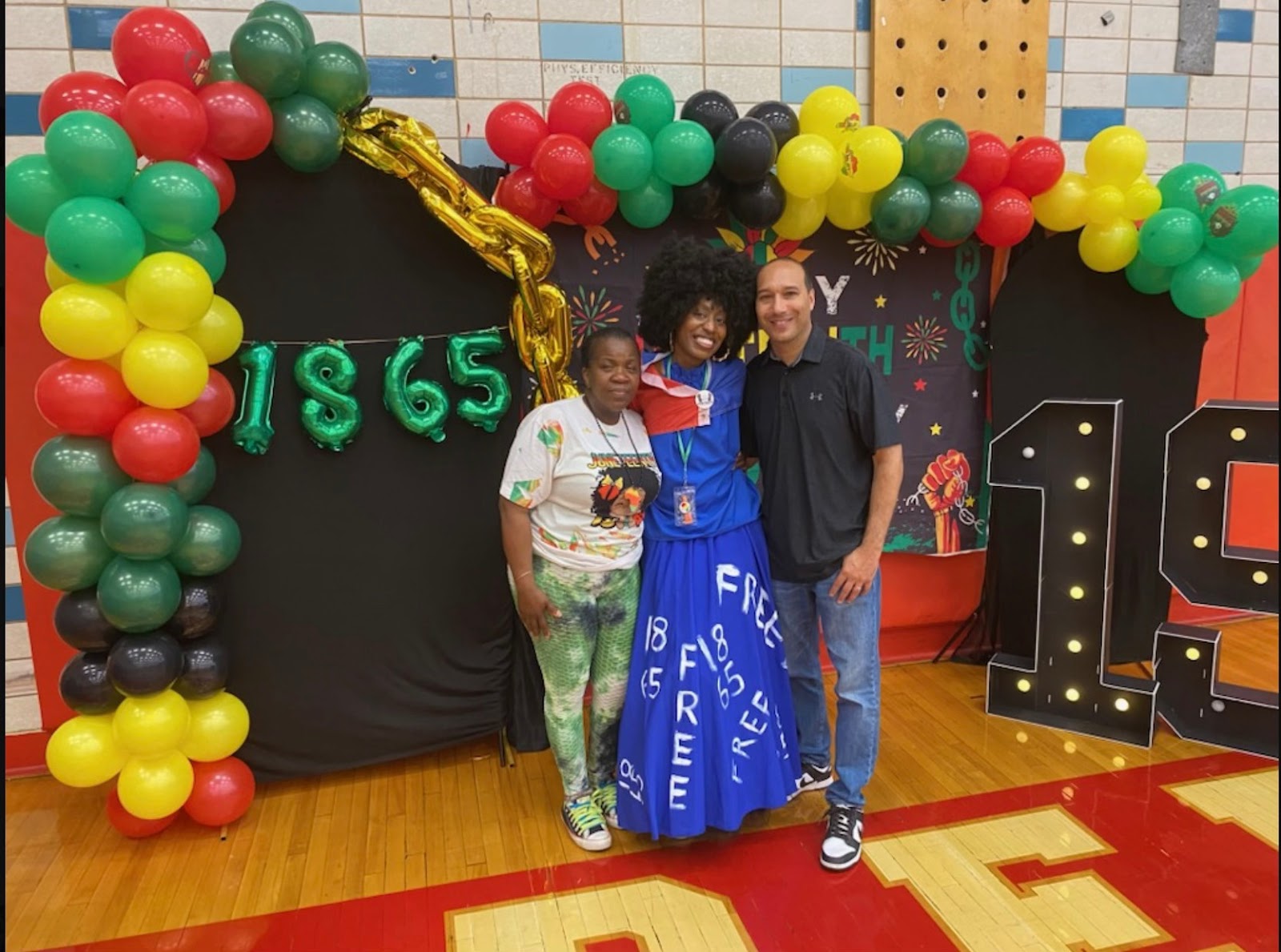 |
| Click to Enlarge |
The current figures show that Wallace School is operating six students under capacity, Connors School is 15 under, Brandt School is 121 over capacity, Demarest Middle School is 8 over, and Hoboken High School is 220 students under capacity. These numbers include the 160 students currently enrolled through the CHOICE program, most of whom attend Hoboken High School.
If the CHOICE program were sunsetted—allowing currently enrolled students to graduate while admitting no new students—the district would gradually recover those 160 seats at the high school level over the next four years. This would bring the high school’s available capacity to approximately 380 open seats, significantly increasing flexibility in student placement and program design at the secondary level.
The only schools currently over capacity are Brandt and Demarest. Wallace and Connors both have available space, and the closure of Calabro School in 2020, which removed 137 seats from the system, likely contributed to current crowding in some elementary schools. However, with a phased end to the CHOICE program and more strategic use of existing space, the district has sufficient capacity across its schools to manage current and near-future enrollment levels.
Given this audited data and the likely future availability of space at the high school given some administrative decisions, there appears to be no urgency for new building construction based on enrollment and capacity.





